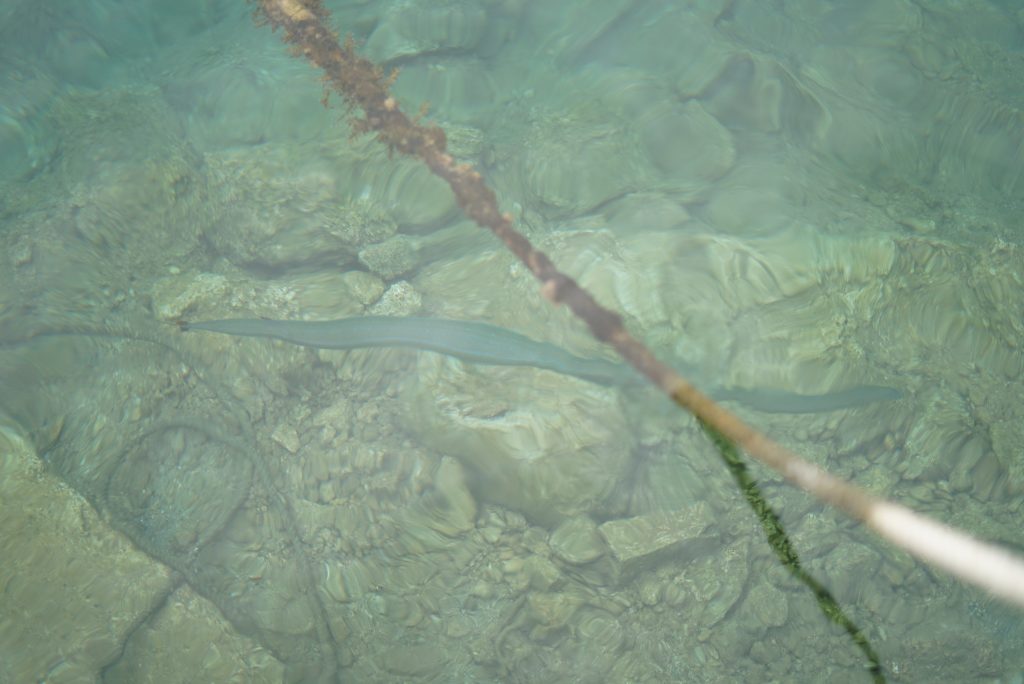
[The authors do not condone exploitation or abuse of wildlife.]
Introduction
Whales are an underappreciated part of the marine ecosystem.
On the basis of their brain-to-body mass ratio, they have a similar capacity for learning as humans or elephants.
Dolphins and killer whales, in particular, can collaborate via intentional acoustic communication to achieve tasks like hunting for food and entertainment.
Whales are the closest thing we have on Earth to intelligent alien life.
Presenting the Problem
Frustratingly, the fact that whales’ don’t have hands prevents them from rapidly developing technology. This caps their per-capita earning potential at only a few dozen fish or a couple seals per day.
For fear of drowning, whales also need to swim while sleeping; this means they cannot experience bihemispheric rapid-eye-movement sleep, which in humans is critical to fully develop long-term memories through the hippocampus. Only in utero can a whale consistently enjoy bihemispheric REM sleep. [0]
Our Solution
Knowing this, how can whales’ contribution to GDP [1] be improved?
We propose a new strategy to extract value from cetaceans. Over time, we will train whales to expect rewards for dropping items of value into buckets or for fulfilling information-based task assignments (captchas, labeling tasks, music ratings, preference optimization).
Our strategy will be enacted in two phases inspired by Crow Box. [2]
- Prototype a dolphin-targeted information or resource extraction platform using electronics and audiovisual systems.
- Verify feasibility through case studies on captive and wild cetaceans.
- Exclude human presence to avoid the Clever Hans failure mode.
- Develop a blockchain-based cryptocurrency, code named FishBux, to track the available dolphin-based labor market.
- Through a small investment into FishBux, any human or company (“the Whale”) can purchase plans for or an instance of a dolphin exploitation station. They can link this station to their FishBux account.
- Each time the Whale’s dolphin exploitation station is used, they receive a reward which can be traded or exchanged for other purposes.
Example tasks could include:
- Harvesting fish or algae
- Collecting plastic netting or trash
- Inspecting and cleaning sailboat keels
- Playing games
- Hunting invasive predators (crabs, molluscs, zebra mussel)
Rewards to incentivize cetacean participation might include:
- Music:
- supporting cultural modernization and linguistic development
- making room for potential integration into human society
- Food:
- Fish, crustaceans, and/or highly addictive human desserts
- Access to a social network:
- Connecting dolphins from around the world via acoustic-visual posts
- Secure, hydrostatically-balanced sleeping pods:
- where dolphins can rest their whole brain at once, evolving their long-term memory safely with no risk of suffocation
Call to Action
Would you like to invest in FishBux? Reach out fishbux-invest@kc1g.pw.
Footnotes
[0] https://link.springer.com/article/10.1007/s00429-013-0660-1, https://royalsocietypublishing.org/doi/full/10.1098/rstb.2020.0532
[1] gross dolphin product

Leave a Reply